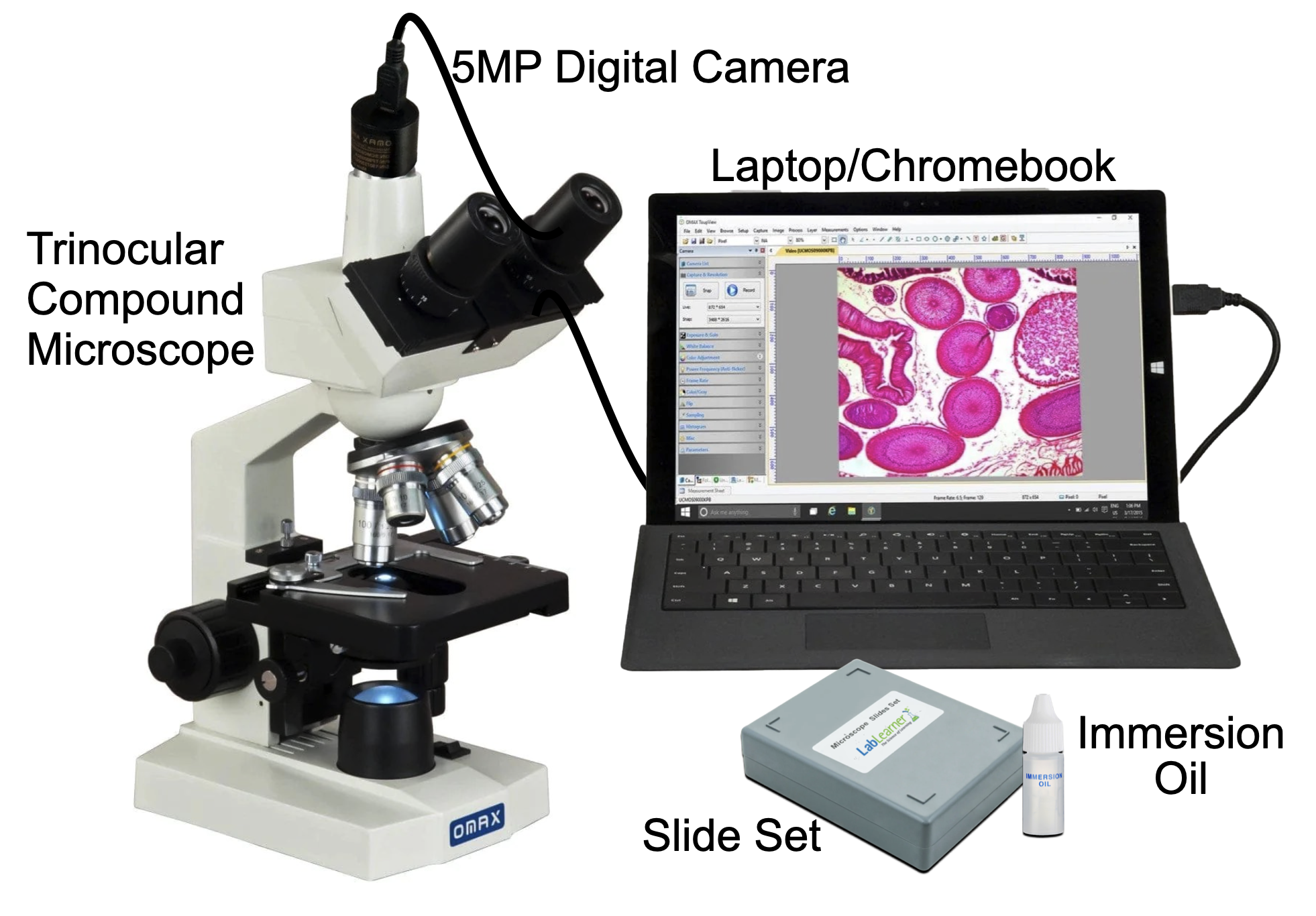Teacher Portal
Genes and Proteins
CELL Guide
CELL Guide
Genes and Proteins

LabLearner’s 3-D Approach to Scientific Inquiry
Phase 1 – Defined Understanding
The defined boundaries of this phase provide a framework for engaging parents and identifying students’ current knowledge of the key topic(s) explored in this CELL.
Phase 2 – Dynamic Understanding
Change, activity, and progress characterize the dynamic phase. Its design will enable you to enhance students’ existing skills, interests, and understanding, as well as meaningfully build new ones.
Phase 3 – Deeper Understanding
By this point, students have moved through powerful and purposeful tasks that had them actively and intentionally construct an understanding of concepts. In this final phase, students will consolidate knowledge and make deeper connections among ideas.
Phase 1 – Defined Understanding
► Questions to Investigate in this CELL
- How does DNA control the functions of an organism?
- Can mutations in DNA cause changes in an organism? Explain your answer.
- Can mutations in DNA cause changes in an organism? Explain.
- Why can mutations in the DNA of a single cell affect the functions of an entire organism?
- How does DNA control the functions of an organism?
- Can mutations in DNA cause changes in an organism?
- Why can mutations in the DNA of a single cell affect the functions of an entire organism?
► Parent Newsletter
Encourage parents to connect to their child’s learning by providing them with a framework of the CELL. Use this link to access and share the Parent Newsletter.
► Baseline Assessment
Assess students’ current knowledge of the topic(s) being explored then set instructional and student learning goals. Use this link to schedule then invite students to take the Pre-test for the CELL.
Phase 2 – Dynamic Understanding
► Introduction and Fun Facts
Enhance your conceptual understanding by reading the student-level research on the topic(s) being explored. Use this link to access the research.
____________________________________________
► Links to Investigations
Go directly to the Investigation you are working on by clicking on a link below:
► Investigation 1
► Investigation 2
► Investigation 3
► CELL Vocabulary
Investigation 1:
- DNA: nucleic acid that carries genetic information in cells and consists of two complementary chains of nucleotides wound in a double helix
- Protein: large molecule consisting of one or more chains of amino acids (polypeptides)
- Amino Acid: building block of protein molecules
- RNA: group of single-stranded nucleic acids, including mRNA (messenger RNA) that is necessary for transcription and translation
- Codon: three adjacent nucleotides in DNA or mRNA that code for a specific amino acid in a protein
- Mutation: a change in the DNA sequence of a gene
Investigation 2:
- There are no Key Terms introduced in Investigation 2.
Investigation 3:
- Chromosome: structures of DNA and protein in the nucleus of cells, where genes are located
- Mitosis: nuclear division characterized by chromosome replication and formation of two identical daughter nuclei
► Access Scoring Rubric
Examine the scoring rubric for this CELL so that you know what your teacher is looking for in terms of performance.
Tips for Success:
Google Classroom
Phase 3 – Deeper Understanding
►Deep Analysis Classroom Discussion
These questions can be used to elicit in-depth discussions based on the lab experience. Teachers may use any or all of these discussion points depending on the time available. All Investigations‘ Deep Analysis questions as well as the Comprehension Check for the entire CELL are found on this link.
► Summative Assessment
Evaluate student learning at the end of the CELL by comparing the Summative Assessment to students’ Baseline Assessments. Use this link to schedule then invite students to take the Post-test for the CELL.

